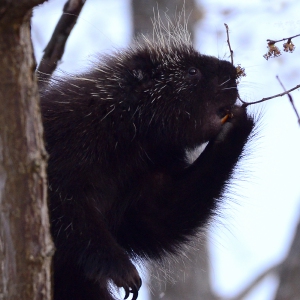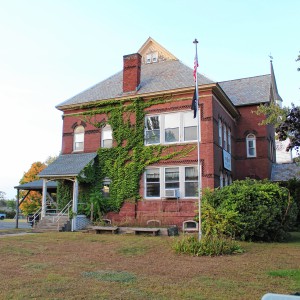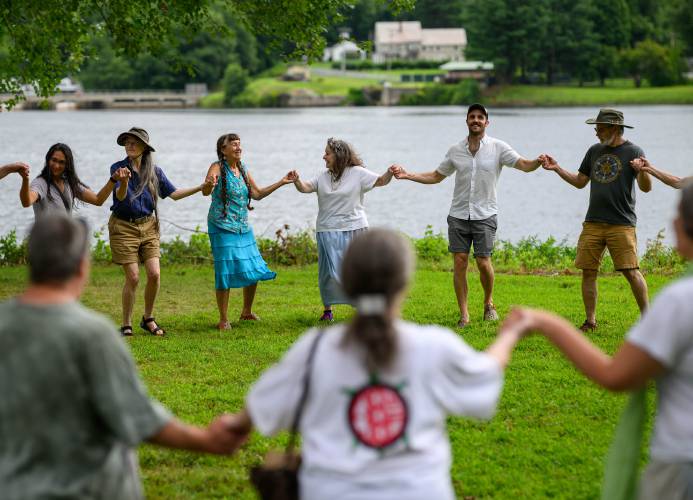Celebrate Indigenous culture and history: 12th annual Pocumtuck Homelands Festival returns to Unity Park, Aug. 2
|
Published: 07-25-2025 9:15 AM
Modified: 07-25-2025 5:15 PM |
The annual Pocumtuck Homelands Festival returns to Unity Park for the 12th year on Saturday, Aug. 2 and Sunday, Aug. 3, with special events on Friday, Aug. 1, to lead into the weekend celebration of Indigenous culture and history.
Before the riverfront festivities begin Saturday morning, Friday will be dedicated to honoring the founder and spiritual leader of the Mohawk community of Kanatsiohareke in New York, Tom “Sakokwenionkwas” Porter, through the dedication of a white pine tree.
The ceremony will start at 5 p.m. at Unity Park, with words from Nolumbeka Project President David Brule, Mohawk tribe member Billy Myers, Porter himself, as well as from Montague Town Administrator Walter Ramsey and FirstLight Hydro Generating Co. Director of Community Relations Andy Brydges, whose company provided the tree, and anyone else who would like to speak.
According to the Haudenosaunee Confederacy website, the white pine tree, known as the Great Tree of Peace, is rooted in significance for the five tribes of the Confederacy - the Mohawks, Oneidas, Onondagas, Cayugas and Senecas. The needle clusters of the white pine come in fives.
Nolumbeka Project President David Brule explained on Monday how the idea for the tree came from Billy Myers, a Mohawk tribe member, who has attended the festival before and is close to Porter.
“What I want to emphasize is in the spirit of what Tom Porter has been espousing in terms of peace and reconciliation,” Brule said about the significance of the tree, adding “this particular evening with [Porter] is a huge step in the healing of that place where this horrific massacre occurred.”
The massacre referenced by Brule is the Great Falls Massacre, which occurred on May 19, 1676, at the Falls, known as “Peskeompskut,” which, before the massacre, was recognized as a place of peace.
The massacre was led by the English forces of Capt. William Turner, who, during a surprise attack, killed more than 300 non-combatant Native Americans, mainly women and children. Centuries later, in 2004, a Reconciliation Ceremony marked the town of Montague and members of the Narragansett tribe formally recognizing the 1676 event.
Article continues after...
Yesterday's Most Read Articles
 Keeping Score with Chip Ainsworth: UMass hockey girds for new campaign
Keeping Score with Chip Ainsworth: UMass hockey girds for new campaign
 My Turn: A rocky road ahead for Stone Farm Lane proposal
My Turn: A rocky road ahead for Stone Farm Lane proposal
 ‘There’s always people you know here’: Bernardston’s Scarecrow in the Park brings community together
‘There’s always people you know here’: Bernardston’s Scarecrow in the Park brings community together
 Speaking of Nature: A surprise in my maple tree: Porcupines just want to find something tasty to eat and be left alone
Speaking of Nature: A surprise in my maple tree: Porcupines just want to find something tasty to eat and be left alone
 Greg Franceschi: Support bike lanes and walking paths in South Deerfield
Greg Franceschi: Support bike lanes and walking paths in South Deerfield
 Lowest bid comes in at less than $6M for Deerfield’s 1888 Building project
Lowest bid comes in at less than $6M for Deerfield’s 1888 Building project
“It was horrible, it was horrific. It was an atrocity,” Brule said about the massacre. “But we are also trying to contribute to healing that place, through music, through joining Native tribes, coming back to this site, and through this particular celebration of Tom Porter and his life.”
Before the 5 p.m. ceremony, there will be a peace walk led by the New England Peace Pagoda starting at the former Farren Care Center lot on Montague City Road at 2:45 p.m. that will take people to Peskeompskut Park by 3:45 p.m. for a brief stop, then the walk will continue to Unity Park and stop at 4:30 p.m.
Earlier in the day at 11 a.m., the annual Peskeompskut Paddle will start at Barton Cove in Gill, where an Indigenous canoe called a mishoon will launch for a river paddle. This event is open, and participants can bring their kayaks or rent them.
Weekend eventsAfter Friday’s busy day of celebration, the two-day festival will start at 10 a.m. Saturday and feature a variety of returning vendors, performers, and historical speakers, along with some new faces and activities.
On-deck for Saturday and Sunday is a line-up of traditional Indigenous music and performances. These include Nipmuck flute maker Hawk Henries, Akwesasne singer Theresa Bear Fox, Abenaki singer-songwriter and flute player Mignon Geli, Nulhegan Abenaki singer-songwriter Bryan Blanchette, Wampanoag artist and performer Annawon Weeden, who will lead social dancing, the Penobscot Rez Dog Singers, and Pua Aliʻi ʻIlima o Nuioka, a Hawaiian dance ensemble performing Sunday only, according to the Facebook event listing.
Author talks from Evan Pitchard, Mike Luoma and David Brule will be part of the programming. Tom Porter will also speak. Forty Indigenous artists will be set up across the park for a marketplace of art, crafts and goods being sold.
New this year is a children’s tent with activities that will be hosted by Kitty Hendricks-Miller, a Mashpee Wampanoag teacher who performed with the Wampanoag Nation Singers and Dancers at the festival last year.
Hendricks-Miller says she will help kids create corn husk figures, and she plans to talk with the children about the meaning of corn in Wampanoag culture, how all parts of corn can be used for food and other creations, among other discussion topics.
She added that this festival is an opportunity for Indigenous people to interact with each other and non-Indigenous people, noting how a physical presence is a show that the people and culture are still present, and part of many of the landscapes and placenames that are foundational to a community.
“People need to have that present in their minds when they see the different landscapes, when they see the places of streets in town, knowing what the foundation of all those physical aspects are, and how we are still connected, and that we are still here,” she said.
Diane Dix, who has spent years coordinating the festival, said that to her, having the opportunity to honor Porter and share the festival each year is more important than ever.
“I think it’s amazing to have this honor at this time in history,” she said. “I’m just thankful [for] the program, and that it has done so well within the community.”
For more information about the Pocumtuck Homelands Festival, visit the Nolumbeka Project events page at nolumbekaproject.org/events.
Erin-Leigh Hoffman can be reached at ehoffman@recorder.com or 413-930-4231.








 ‘The freedom to be silly’: Hilltown Youth Recovery Theatre helps campers heal in mid-air
‘The freedom to be silly’: Hilltown Youth Recovery Theatre helps campers heal in mid-air How to grow a creative community: Meet the eight artists selected for CitySpace’s 2025 Pay It Forward program
How to grow a creative community: Meet the eight artists selected for CitySpace’s 2025 Pay It Forward program The melody lingers on: 85 years later, 102-year-old Montague resident to hear Glenn Miller band again
The melody lingers on: 85 years later, 102-year-old Montague resident to hear Glenn Miller band again Let’s Talk Relationships: The joy of feeling like yourself: Transitioning is about authenticity
Let’s Talk Relationships: The joy of feeling like yourself: Transitioning is about authenticity
